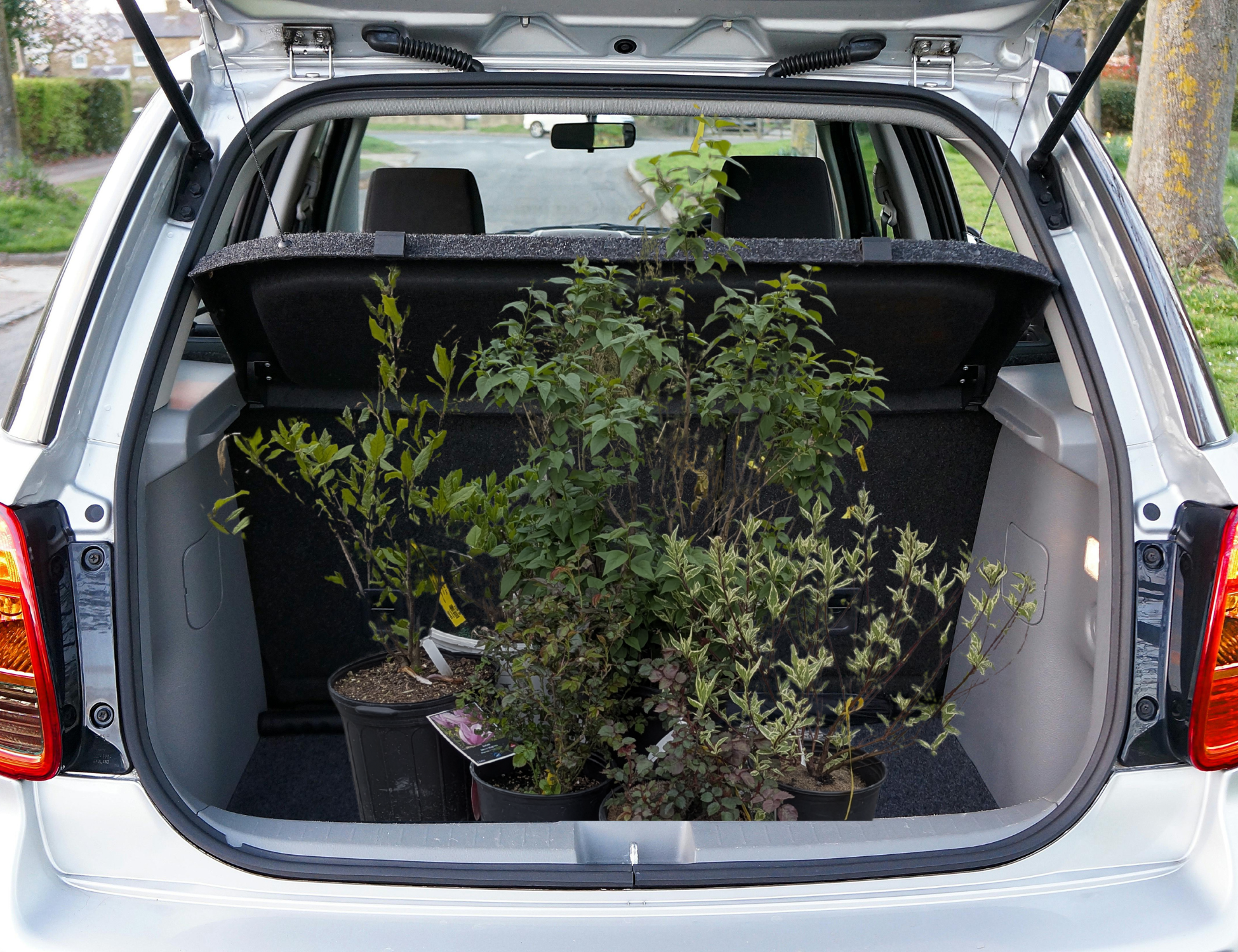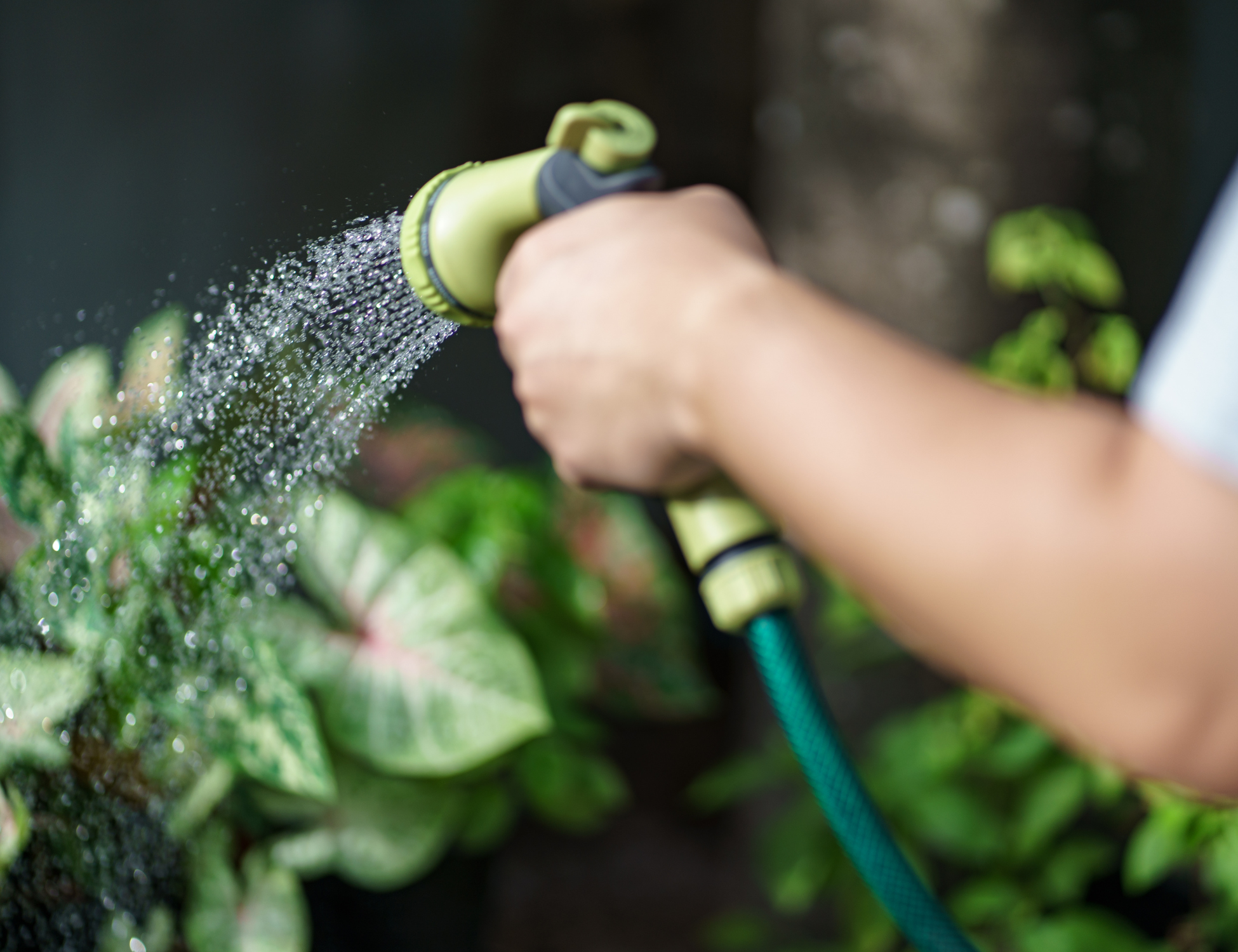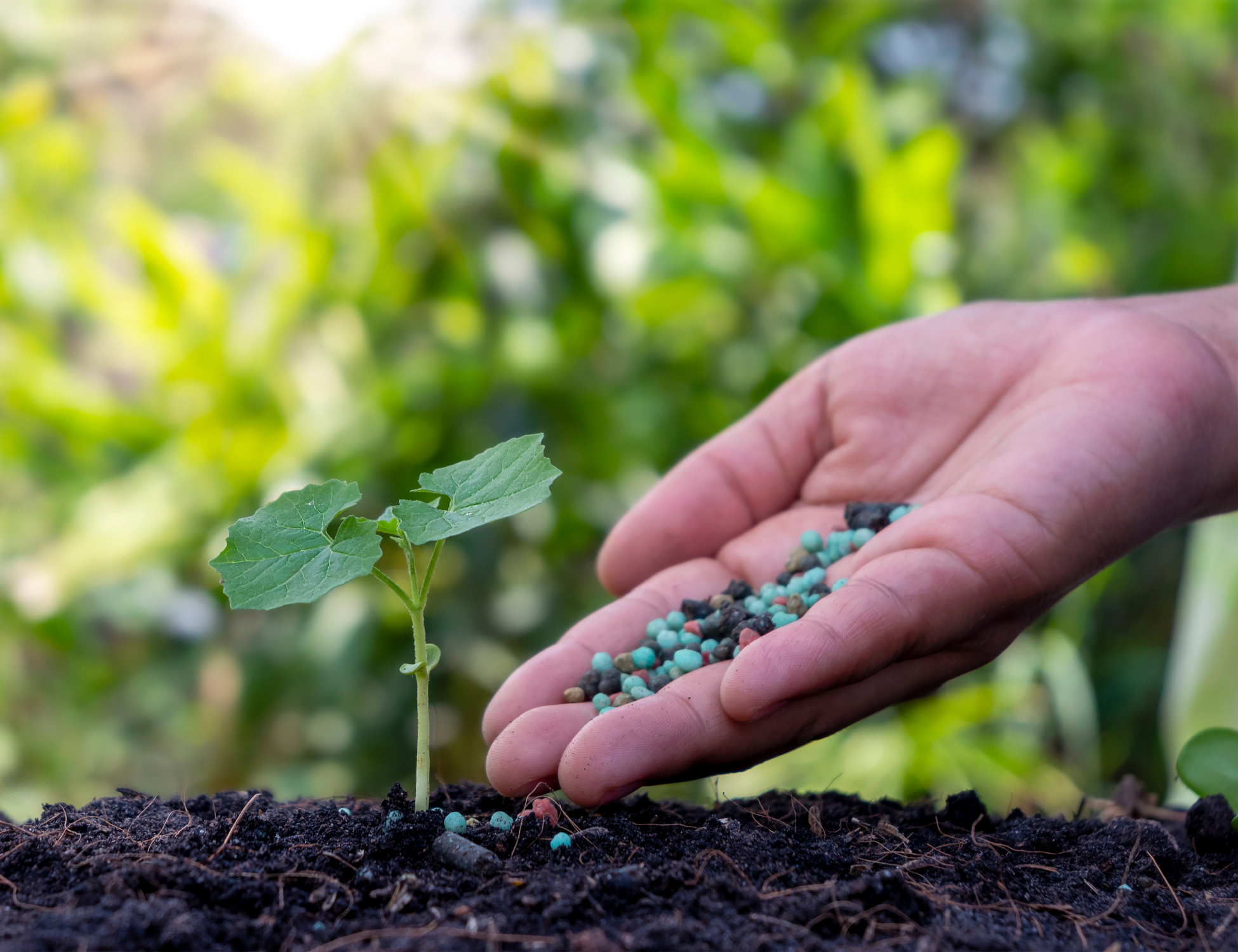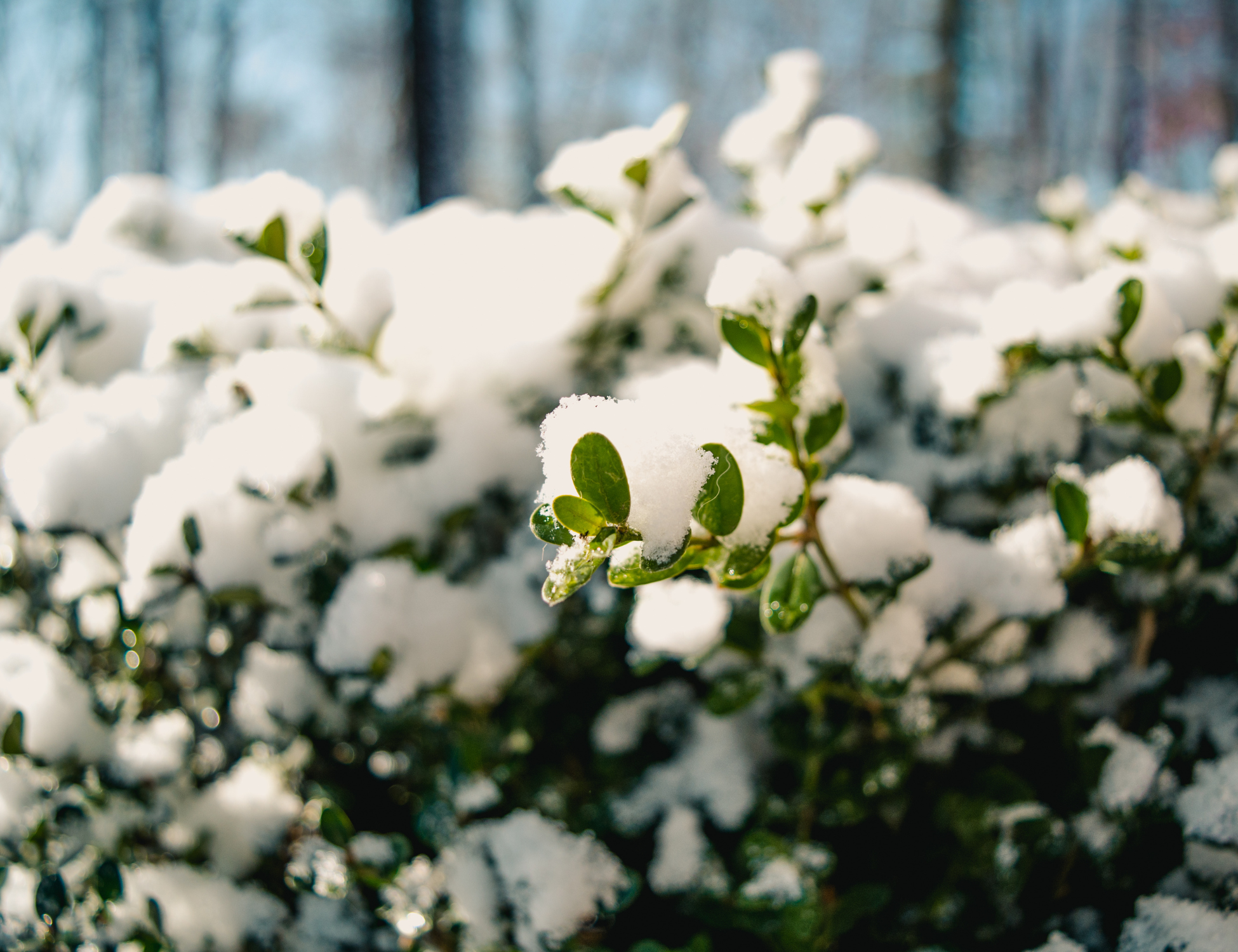Rose Bush Care Guide
Bringing Plants Home

Choosing the Right Location

Soil Preparation

Planting Your Rose

Mulching

Watering

Fertilizing

Staking & Support

Pest & Disease Monitoring

Pruning

Seasonal Care

Winter Protection

Container Roses

Special Notes

